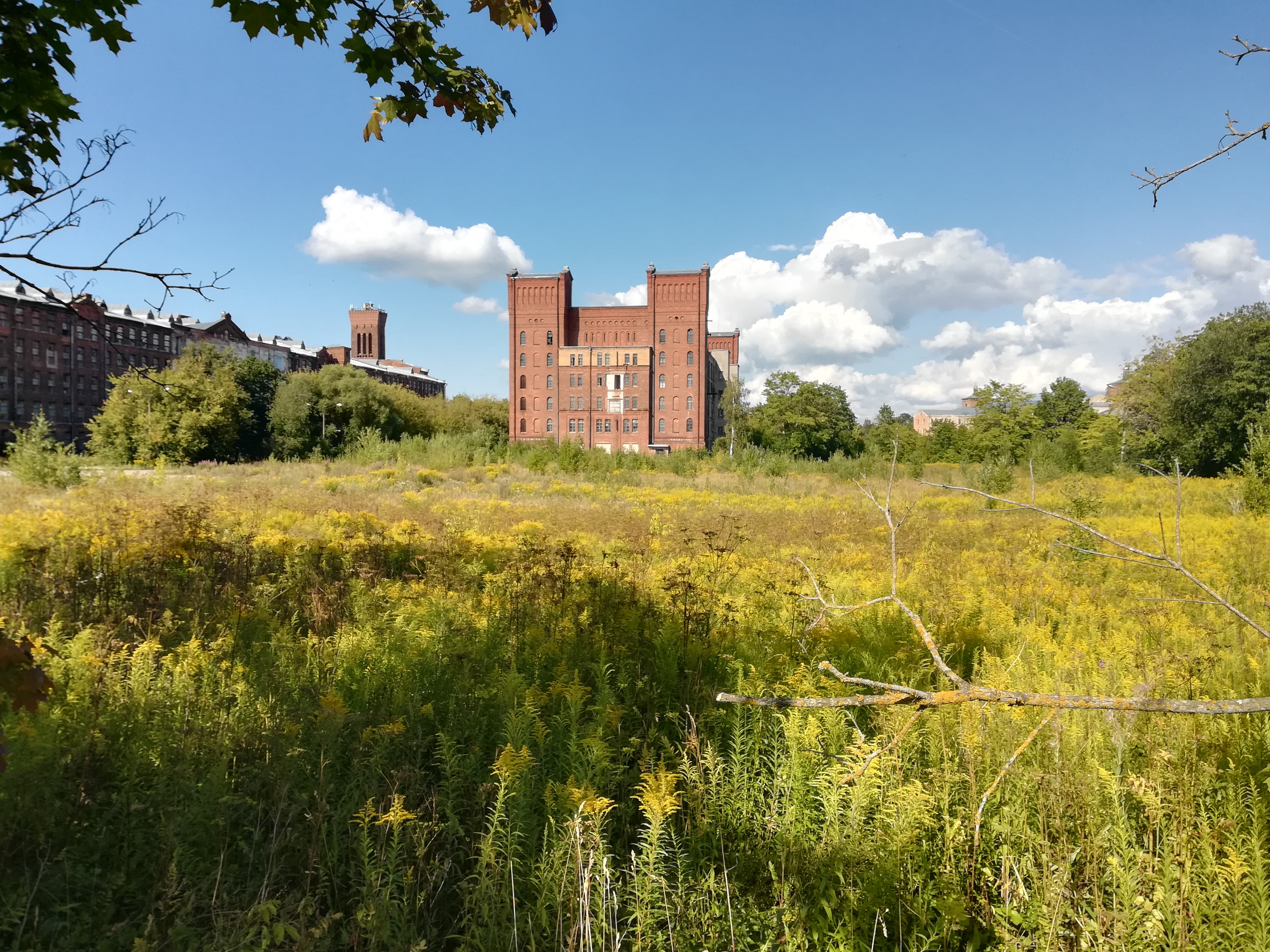Alien species: the picture of success?
Alien species invading new habitats with human help is a global problem. These alien species can seriously upset the local natural balance, reduce biodiversity, affect the economy, and endanger human health.
Alien species are species that have spread beyond their natural range with the intentional or unintentional assistance of humans. However, species that expand their natural range due to climate change are not considered alien species. An alien species is thus a species introduced into a new habitat by humans. In most cases, we pay more attention to the arrival of new species, and sometimes we assume that nature has already adapted in its own way to those that have been here longer. However, all the species that have been introduced in the Estonian wilderness a long time ago are still alien species. For example, chamomile is an alien species in Estonia, although its existence has been noted in literature as early as in 1777.
In earlier times, when people knew almost nothing about the damage alien species could cause, species were often introduced to enrich nature: so that humans could easily benefit more from nature. For example, the raccoon dog has been brought into our forests because their fur was considered very valuable.
Humans also spread species to a new location by inadvertently transporting them: some species are accidentally introduced into the wild during the transport of goods or people travelling. Like that, weed seeds are spread with the grain harvest, various plant and sometimes also animal species spread with shipping containers, aquatic species spread in the ballast water of the ships and by being attached to the hulls of the ships, and plant seeds spread while attached to clothing, footwear, and car tires.

Invasive alien species
Alien species that reproduce very successfully in a new location and expand their range vigorously are called invasive or problematic alien species. 1% of species that have ended up in the wild and survived become invasive. Invasive alien species are considered the second biggest threat to biodiversity after habitat loss and fragmentation. It has been found that in almost 40% of the extinctions of species which began in the seventeenth century, the cause has been alien species. Most extinctions caused by alien species have taken place on islands where native species are not adapted to carnivores and rapid environmental change. On the continents, the impact of alien species is smaller. The impact of the alien species may be rapid or gradual. If an alien species carries a disease that is dangerous to native species but does not suffer from it itself, its negative effects will soon be felt. That is reason why local crustacean populations have been devastated by the crayfish plague introduced by alien crustacean species. More often, however, the effects are slower, and in that case, we have time to do something. Competition for food or habitat often lasts for years before one species clearly dominates over the another. However, there is a danger that we may not immediately notice the impact of the alien species. We notice the distribution and invasiveness of different species groups very differently. A shrub of hogweed is clearly visible from afar, but what happens in the water or soil remains hidden from us, although the impact can be great there.
Impacts of alien species on the economy
In addition to ecological threats, alien species can cause significant economic damage. A few years ago, the calculation of economic damage caused by alien species was compiled for EU countries, where about 12,000 alien species are known, of which about 1,500 are invasive. Damage was measured in terms of reduced yields due to alien species and the costs incurred to control them. It is estimated that the EU loses around 12 billion euros a year due to alien species.
Alien species in Estonia and their control
Today, it is not allowed to introduce alien species into the wild in almost any country, including Estonia. This does not mean that we cannot get ornamental plants, pets, or crops. They can be grown in the field, in the home garden, or indoors, but it is the responsibility of their owner to ensure that such species do not spread further into the wild. A pet must not be allowed to walk on their own. If a garden plant starts to spread very rapidly in the garden, it must be carefully controlled. Unfortunately, despite this, new alien species are discovered in Estonian nature every year. To date, approximately a thousand alien species have been discovered in the Estonian wild, 76% of which are flowering plants.
Control of all alien species is not conceivable or necessary – the focus must be on the most problematic species. It is best to start the control as early as possible so that the costs are the lowest and the benefits are the greatest. So far, of alien species in Estonia, only the invasive hogweed species have been widely controlled. Much more modest attempts have been made to control the signal crayfish, the American mink, the copper tops, the rugosa rose, and the Siberian peashrub.
Full article in the March 2019 issue of Eesti Loodus, pages 16–23
By: Merike Linnamägi
Edited for Loodusveeb by: Reigo Roasto